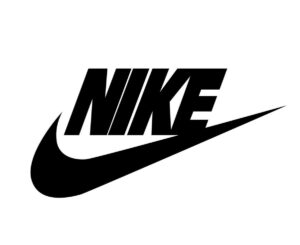Brand, branding and visual identity. These “marketing” terms have long ceased to be the exclusive preserve of industry professionals. Our intensive relationships with brands and the excessive consumption of goods and services have led us to integrate these words into our daily lives, even though we are often not clear about the difference between them.
How often do we use the word “brand” to refer to anything to do with a company? My answer would be “many”, but if you think I’m exaggerating, read these phrases that I’m sure you’ve heard too.
“What does the brand say?
“I don’t like working with that brand”.
“I messaged the brand on Instagram.”
Indeed, being inside but also outside the sector, we tend to use one word to talk about many things and we are getting used to over-understanding everything. However, the reality is that the terms brand, branding and visual identity, although related, have different meanings.
Let’s go through them.
Brand
The brand is the name by which we identify a company and a specific product or service, and which distinguishes it from any other. But beyond that, the brand is the set of ideas, feelings, values or perception that users or consumers have towards that company, associating them with its products or services and positioning them in their minds.
That is, globally, many people probably recognise the Nike brand by its name and logo, but this brand does not mean the same thing to everyone.

Source: Google
Branding
Branding is more intangible. It is the set of actions taken by the brand to communicate and transmit the company’s values, philosophy and personality, to develop a long-term relationship with consumers and to create a differentiating experience with the public.
A shop’s scent, employees’ uniforms, background music or lighting are different aspects that are part of a brand’s branding.
Visual identity
Also known as brand identity, these are all those elements that visually identify a brand and its components (personality, mission, vision, etc.).
It is a set of graphic and potentially tangible elements that generate identity thanks to their coherence and recurrent use, with the idea of transmitting a set of values and a unified image to the consumer.
The graphic style of each brand includes all the elements that serve to differentiate one brand from another:
- Logo
- Colour Palette
- Fonts
- Photographic style
- Graphic elements
- Tone of written messages

Source: Google
What to do next?
The speed with which we tackle projects makes the boundaries between each of these concepts almost invisible, but we must make an effort to recognise their nuances as we work together.
The brand lays the groundwork, the branding channels the essence into a narrative and strategy that connects with the target audience and the visual identity acts as the visual vehicle that conveys these messages in a tangible and memorable way.
Working together, these three elements form an integral system that reinforces brand perception and recognition, creating a powerful and coherent image that resonates with the intended audience.












